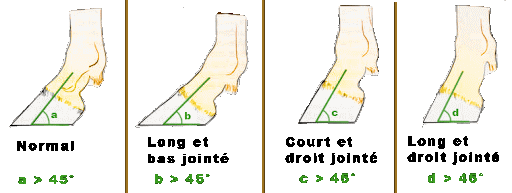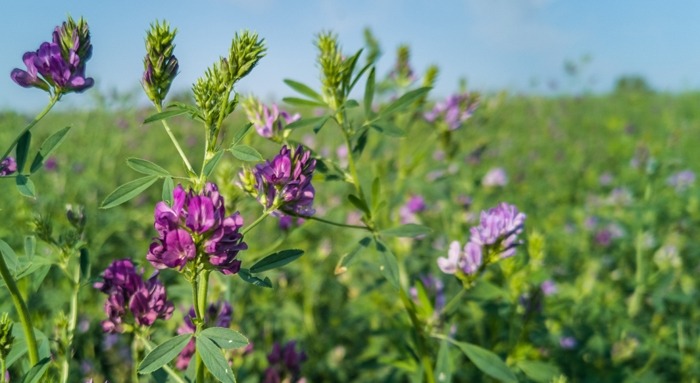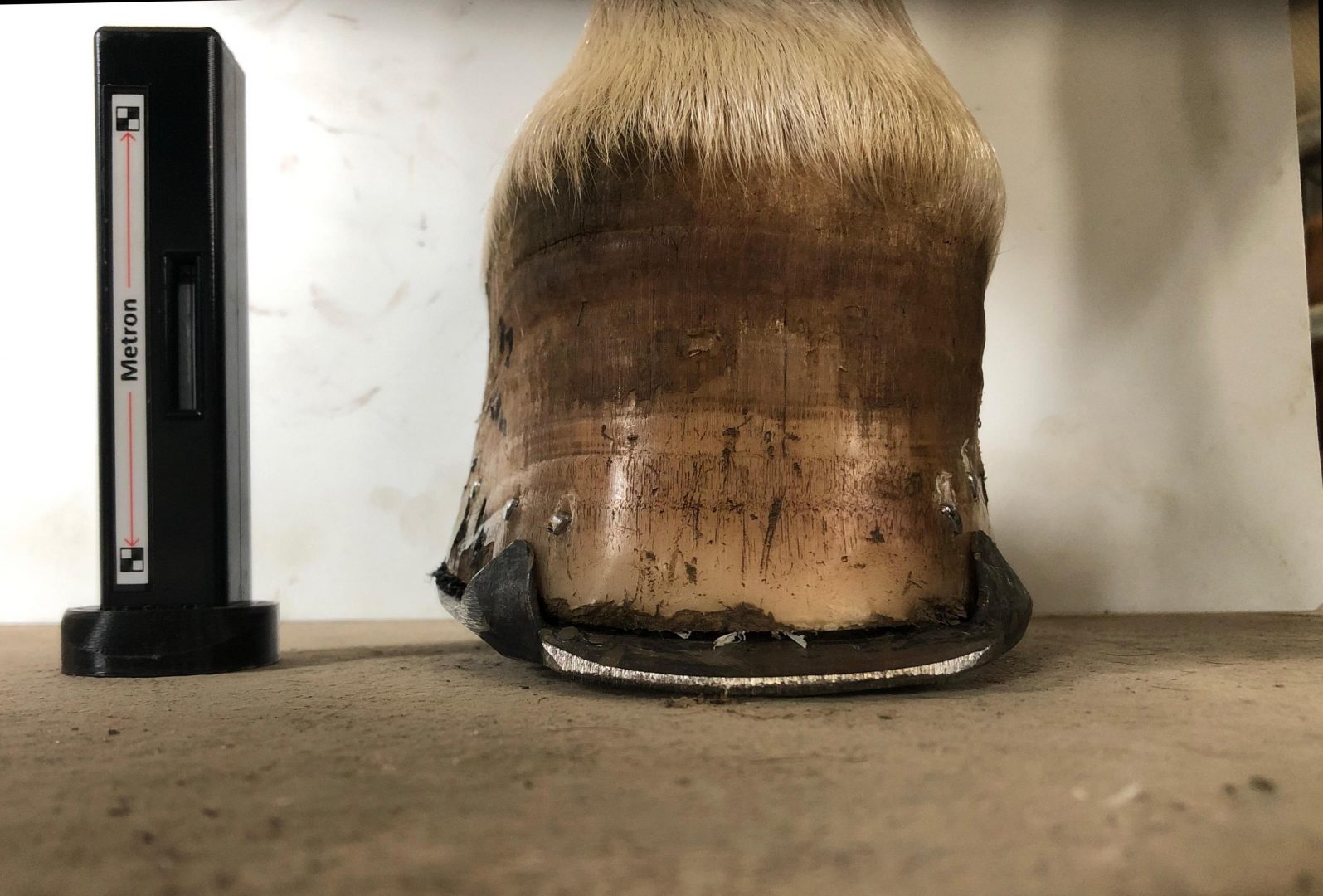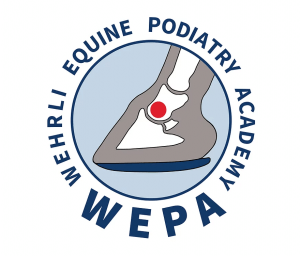Pierre-Henry Thebault, farrier working in Savoie (73), was called in for the management of clubfoot on a Pure Spanish breed mare. How to understand and manage this limb conformation fault?

A strange phenomenon is repeated within the breeding where Pierre-Henry Thebault intervenes: each year, a foal develops club foot during its growth. “The veterinarian wanted me to take care of a severe case of clubfoot from birth. Is there a reason why clubfoot cases occur regularly in this breeding?”, Wonders Pierre-Henry Thebault, who continues: “The genetic factor does not seem to be in question because the foals are of different origins. So how can we help this young three-year-old Purebred Spanish mare who suffers from a very marked clubfoot?”
Upright hoof vs club foot, what's the difference?
Some cases can be complex to manage, the goal is to react as soon as possible to maximize the chances of recovering good balance for the horse. “As a farrier, my mission is to increase the chances of recovering the angle of the hoof for the future career of the horse but also for its well-being, quite simply.”
The upright hoof refers to a typology of limb conformation. For example, for a horse with classical limb conformation, the palmar angle is generally between 48° and 50°, and the phalanges are aligned.

In the case of club foot, the conformation of the foot is pathological. The angle of the dorsal wall is much too high (82° for the case presented in this article, i.e. stage 4), the tendon is too short, the muscles attached to the upper part of the tendon are contracted and, as a result , the alignment of the phalanges is no longer respected.
In a severe case like the mare shown here, the top of the third phalanx is missing.


The food in question?
After a lot of research to determine the origin of this clubfoot problem in this breeding, it was discovered an aggravating factor related to the diet: alfalfa.
Alfalfa, rich in protein, participates in rapid growth spurts in young horses.

In some cases, the foal grows fast, too fast to allow the tendons to adapt to these growth spurts. In a club foot, the deep digital flexor tendon (DDFT) is “too short”, causing a defect in the development of the foot. The hoof capsule becomes vertical to its extreme, the tendon structures are strained and any too brutal intervention in the trimming can cause tendinitis!
Management of club foot in farriers
“Faced with this type of case, my main objective is to support the muscles that support the tendon. They need to relax to reduce their stress. I have to “convince” them to take back a good functionality.
For this, it is usual to apply a specific horseshoe named “Florentine” in french. This type of horseshoe protrudes strongly in the toe, in order to simulate a palmar angle and a less verticalized dorsal angle.”


“I added silicone to the back of the foot. In the case of this mare, I applied 1cm of silicone because the heels were too short by 7mm to reach the ground. Silicone helps fill this void and reduce stress on the muscles that attach to the tendon, while providing support when the horse is at rest. On the other hand, the elasticity of the silicone allows a slight crushing when the mare is in motion. This process makes it possible to gently operate the deep tendon, minimizing muscle tension to allow it to gain elasticity and relaxation, without creating any injury.”
In these situations, this is one of the main difficulties for the farrier: re-educating the muscles that support the tendon so that they regain their functionality, without putting it in pain and risk tendinitis… Because a tendon remains like a “cable”, which cannot be stretched.
“For my part, I train regularly to improve my management of this type of pathology, in particular through the training offered by Stefan Wherli and Julien Houser, some modules of which are specifically dedicated to the management of club foot.”
A common mistake is to lower the heels too sharply when trimming. “In this case, the tendon is under too much strain. Too much tension can lead to the rupture of the tendon fibers. On the contrary, faced with this type of pathology, my obsession is to reduce the stress on the tendon and to support it to gain elasticity.”
“In a case like the one presented in the photo, I believe that a specific follow-up over several months is necessary to re-educate the tendon to return to normal functionality. This is of course to be coupled with a narrow collaboration of the veterinarian which also ensures a very regular follow-up.”






One Comment
Prepurchase examination, the farrier's point of view • Ekico
[…] Discover our article on the management of club foot by Pierre-Henry Thebault Click here […]